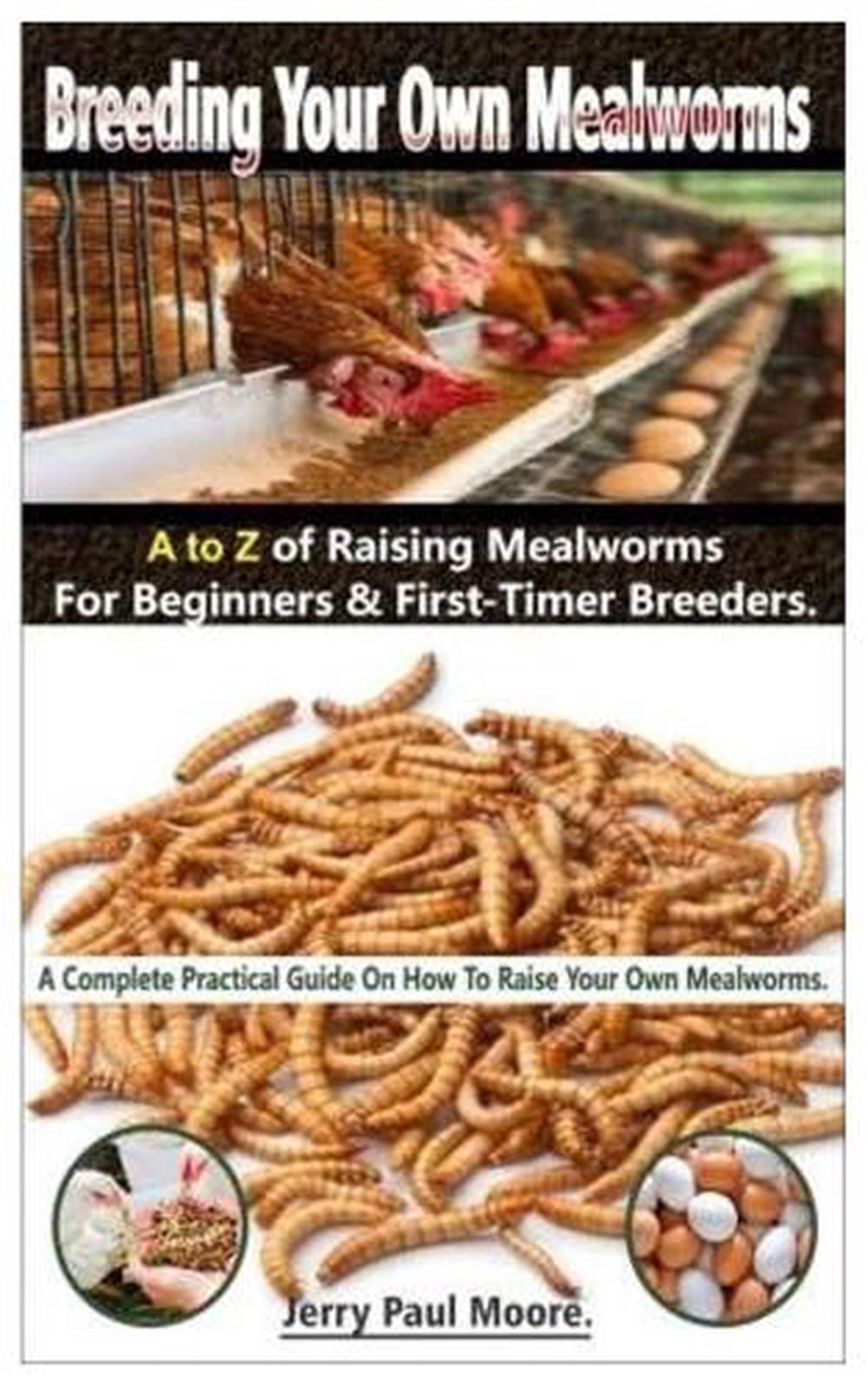

With a 14–18% share of global greenhouse gas (GHG) emissions, livestock production substantially contributes to climate change (Gerber and FAO 2013 Herrero et al. Providing human-edible proteins via animal production makes up a major impact within the food and agricultural sector (Steinfeld et al. Nevertheless, the investigated mealworms represent a sustainable protein alternative that should be added to the Western diet.Įnvironmental impacts from food production are unavoidable.

molitor rearing facilities in France and in the Netherlands, however, the Austrian production system cannot compete for the reasons of production scale, feed conversion efficiency and type of production system. This case study shows that the Austrian mealworm production system compares favourably to traditional livestock systems. The organic mealworm production system is contrasted with a selected Austrian organic broiler production system, to which it compares favourably (18–72% lower impacts per category), with the exception of freshwater eutrophication (6% higher impacts).

Upstream feed production and on-farm energy demand related to the heating of the facilities are identified as environmental hot-spots: Depending on the impact category, feed supply contributes up to 90% and on-farm heating accounts for up to 65% of overall impacts. Impacts related to the production of 1 kg of edible mealworm protein amount to 20.4 kg CO 2-eq (GWP), 213.66 MJ-eq (NREU), 22.38 m 2 (ALOP), 159.52 g SO 2-eq (TAP) and 12.41 g P-eq (FEP).

The robustness of the results is tested via sensitivity analyses and Monte Carlo simulations. Impact categories include global warming potential (GWP), non-renewable energy use (NREU), agricultural land occupation (ALOP), terrestrial acidification potential (TAP) and freshwater eutrophication potential (FEP). This study performs an LCA of a small-scale production system of yellow mealworms ( Tenebrio molitor) in Central Europe that are supplied with organic feedstuff.Ī combined ReCiPe midpoint (H) and CED method is used to estimate the potential environmental impacts from cradle-to-gate. Edible insects might be a sustainable protein supply to humans, but environmental life cycle assessment (LCA) studies on them are scarce. Traditional animal production is among the leading causes for climate change and occupation of land. Global food production needs to increase to provide enough food for over 9 billion people living by 2050.


 0 kommentar(er)
0 kommentar(er)
